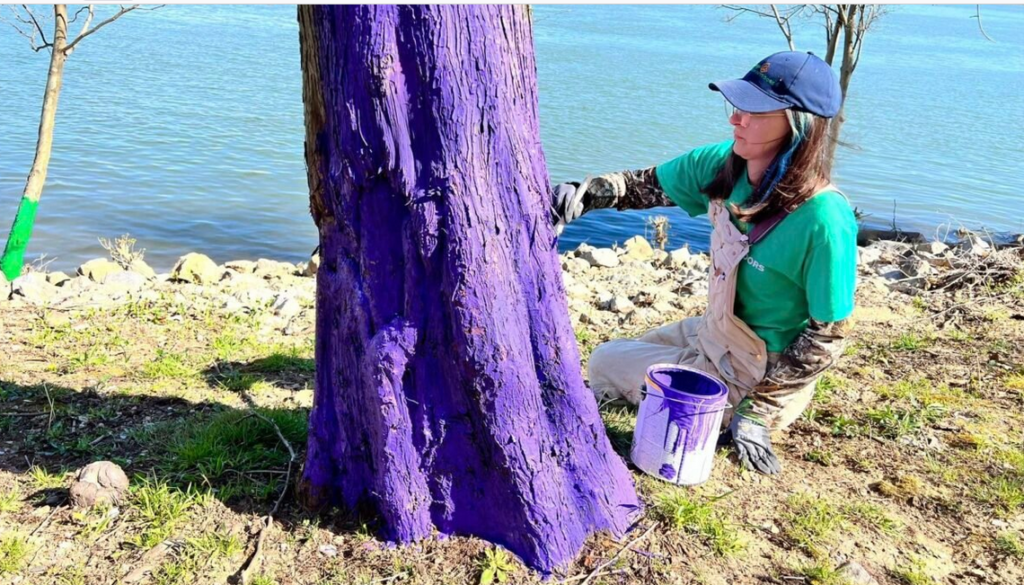We received word yesterday from the city of Martinez that we were awarded a grant for our next beaver festival, which is always nice to know. It’s like a legitimacy stamp on our forehead and gives us the courage to march forth another year. This article from Sonoma by Bill Lynch seems to imply their considering beaver wisdom as well.
Musings: Sonoma Valley beaver analogs coming?
I was happy to read in a recent edition of the Index-Tribune that the Sonoma Ecology Center and those concerned with Sonoma Valley’s groundwater sustainability are considering the merit of creating man-made beaver dams on Sonoma Creek as a way to help boost groundwater supplies and other benefits that come from having more water in our creeks.
I first wrote about this idea in May of 2017 after returning from Scott Valley, where the Scott River, a relatively small tributary of the Klamath River, meanders through an area that was once heavily mined for gold and is now mostly devoted to cattle ranching.
Of course you’re aware that having a discussion of the value of BDAs means that you’re quite naturally going to provoke a discussion of the actual BEAVERS themselves right? According to my records Sonoma has killed beavers about 12 times in the past decade and I’m not entirely sure you deserve BDAs until you fully commit yourself to the animals they might encourage.
While we were there for the fishing in the ponds, the property owners told us that they were working with a local organization to restore fishing in the nearby Scott River. They said that the river is slowly being brought back to life thanks to a small, but determined, group of local residents who formed the Scott River Watershed Council (SRWC) in 1992.
The river, which dried up during most summers like Sonoma Valley’s creeks do now, was no longer suitable for trout and salmon fry (nor are our creeks.)
The more I heard about the project, the more I wanted to learn.
Fortunately, Dottie and I were able to meet with Betsy Stapleton, local chairman of the SRWC. She told us that several years ago, the group began constructing “beaver dam analogs,” which are human-made structures that mimic natural beaver dams, store water and create habitat for all kinds of local species, including steelhead trout and Coho salmon. Over time, these natural-looking dams create pools where fish can survive.
I agree Betsy is admirable. She has done years of hard work trying to coaxe her neighbors to see the value of saving water by saving it’s stewards. In fact there’s even a movie about her…
Betsy took us to the river and showed us some of the work her group has done on the creek, including putting in dams. The results are impressive. The beaver analog dams are actually working. There’s lots of water and all that it supports, including fish in places that were once bone dry all summer.
Betsy said that she and the SRWC committee receive a lot of support from local residents, including the ranchers, who see the benefit of having a healthy watershed in their area.
They understand that these man-made virtual beaver dams are able to preserve large areas of fresh, clean water in which Coho and trout fry are surviving. Every season, the fish count goes up.
Just remember that there is just one thing that builds perfect BDAs over and over without grant money or fundraisers. And it has a flat tail.
It seems to me that our local grape growers would feel the same way about Sonoma Valley’s watershed. Fortunately, we don’t have to reinvent the wheel. Beaver analog dams have already been built in other places like Scott Valley, with measurable success. I hope this idea turns into real action here.





 Trees in Tennessee’s Chattanooga city are being painted with non-toxic paint in a bid to prevent unnecessary beaver deaths in the US.
Trees in Tennessee’s Chattanooga city are being painted with non-toxic paint in a bid to prevent unnecessary beaver deaths in the US.



































